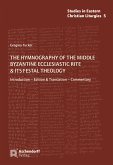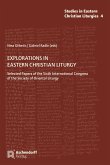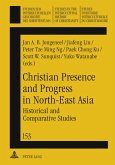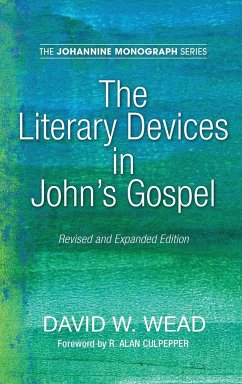The Christian literary culture of Georgia was always associated with the main monastic centres of the Byzantine worldand neighbouring Christian areas. Georgians gained a foothold in the religious and cultural milieu of the Christian world by establishing their own monasteries, or by settling and working in prominent mona- stic centres of the Christian Middle East and Byzantium. They under- took large-scale cultural and educational projects, such as translating the most significant works of Christian literature, creating original Georgian ecclesiastical writings, and producing precious manuscripts.Georgians' literary activity in foreign monastic hubs reflects their close contact with advanced intellectual centres and, at the same time, their attempt to maintain ecclesiastical and cultural independence.This book presents to readers in a coherent, chronological manner Georgian ecclesiastics' literary work and Georgian manuscript produc- tion in the monastic centres of Palestine, Mt Sinai, Mt Athos, the Black Mountain (near Antioch), Constantinople, and Petritsoni (Bachkovo). It aims to show how Georgians adopted the ideas and values that were predominant in the advanced literary and cultural centres of the Christian world, and how they introduced these ideas and values into Georgian national literature, converting them intoan essential part of the Georgian intellectual heritage. It also discusses the relations of Georgians with other ethnic groups - Greeks, Armeni- ans, and Latins - in the multicultural and multilingual setting of the monastic centres of the Christian Middle East and Byzantium.








